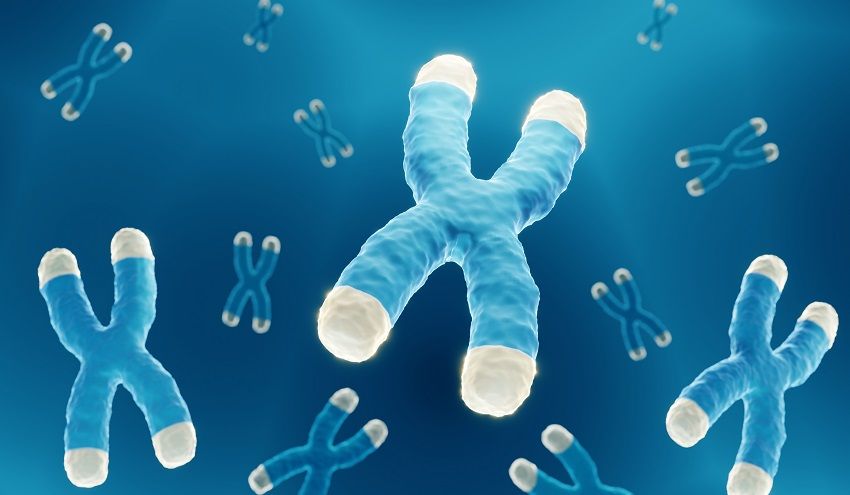Telomeric DNA shortens with increasing numbers of cell divisions. When it shortens to the Hayflick limit, telomere dysfunction causes a DNA damage response. This, in turn, induces cell cycle arrest and proinflammatory factor expression, ultimately leading to organismal aging. It is reported that enhancing telomerase activity and chromosome integrity can prolong the lifespan of an organism. At CD BioSciences, we offer a comprehensive suite of telomere dysfunction analysis services, tailored to meet the specific needs of our clients.

Overview of Our Telomere Dysfunction Analysis Services
Our services employ cutting-edge methods to assess telomere length, telomerase activity, and telomere structure irregularities. By merging these analyses, we offer a holistic evaluation of telomere dysfunction, facilitating a better comprehension of its impact on aging and disease. CD BioSciences also utilizes other validated techniques to determine telomere dysfunction in telomere analysis accurately.
| Our Analysis Services |
Details |
Determining methods |
| Telomere length analysis |
We measure telomere length in individuals of similar age to investigate its variability and association with aging and age-related diseases. We present studies showing an inverse relationship between telomere length and age. |
We quantify telomere length precisely using quantitative real-time PCR (qPCR), fluorescent in situ hybridization (FISH) techniques, and enzyme-linked immunosorbent assay (ELISA) which can detect any deviation from the normal range. |
| Telomerase activity assay |
Our evaluation of telomerase activity can offer valuable details on cellular senescence and potential interventions to alleviate telomere dysfunction. |
We utilize telomerase activity assays, including the telomeric repeat amplification protocol (TRAP) assay to gauge levels of telomerase activity. |
| Telomere shortening rate assessment |
We examine the rate at which telomeres shorten over time, to offer insights into the aging process and potential interventions to slow down this process. |
We use terminal restriction fragment (TRF) and single telomere length analysis (STELA) for comparing telomere lengths at different time points. We then calculate the rate of telomere shortening. |
| Telomere dysfunction biomarker identification |
We measure the expression levels of markers associated with telomere dysfunction, such as DNA damage response (DDR) proteins and senescence-associated secretory phenotype (SASP) factors, which provide a holistic view of an individual's aging status and potential risks of age-related diseases. |
We are trying to develop RNA-based assays or amplifications to detect and measure DNA damage (including telomere dysfunction) and SASP. |
Workflow of Analyzing Telomere Dysfunction in Aging
- Sample collection
According to the client's requirements, we obtain tissue samples from senescent individuals of the species under investigation. These samples may include cells from organs or tissues known to be affected by senescence.
- Telomere dysfunction analysis
Through a range of advanced and reliable techniques, we provide a holistic assessment of telomere dysfunction.
- Statistical analysis
We utilize statistical analysis tools to compare telomere length, telomerase activity, and expression levels of telomere dysfunction markers between senescent and non-senescent individuals within the species. Our analysis can help determine the significance of telomere dysfunction in senescence.
CD BioSciences provides comprehensive and advanced analysis services for telomere dysfunction in aging. Our approach is customized and flexible, with a focus on delivering accurate and reliable results securely and on time. Researchers seeking trustworthy and meticulous analyses of telomere dysfunction can rely on our services. If you are interested in our services, please feel free to contact us or make an online inquiry.
All of our services and products are intended for preclinical research use only and cannot be used to diagnose, treat or manage patients.






